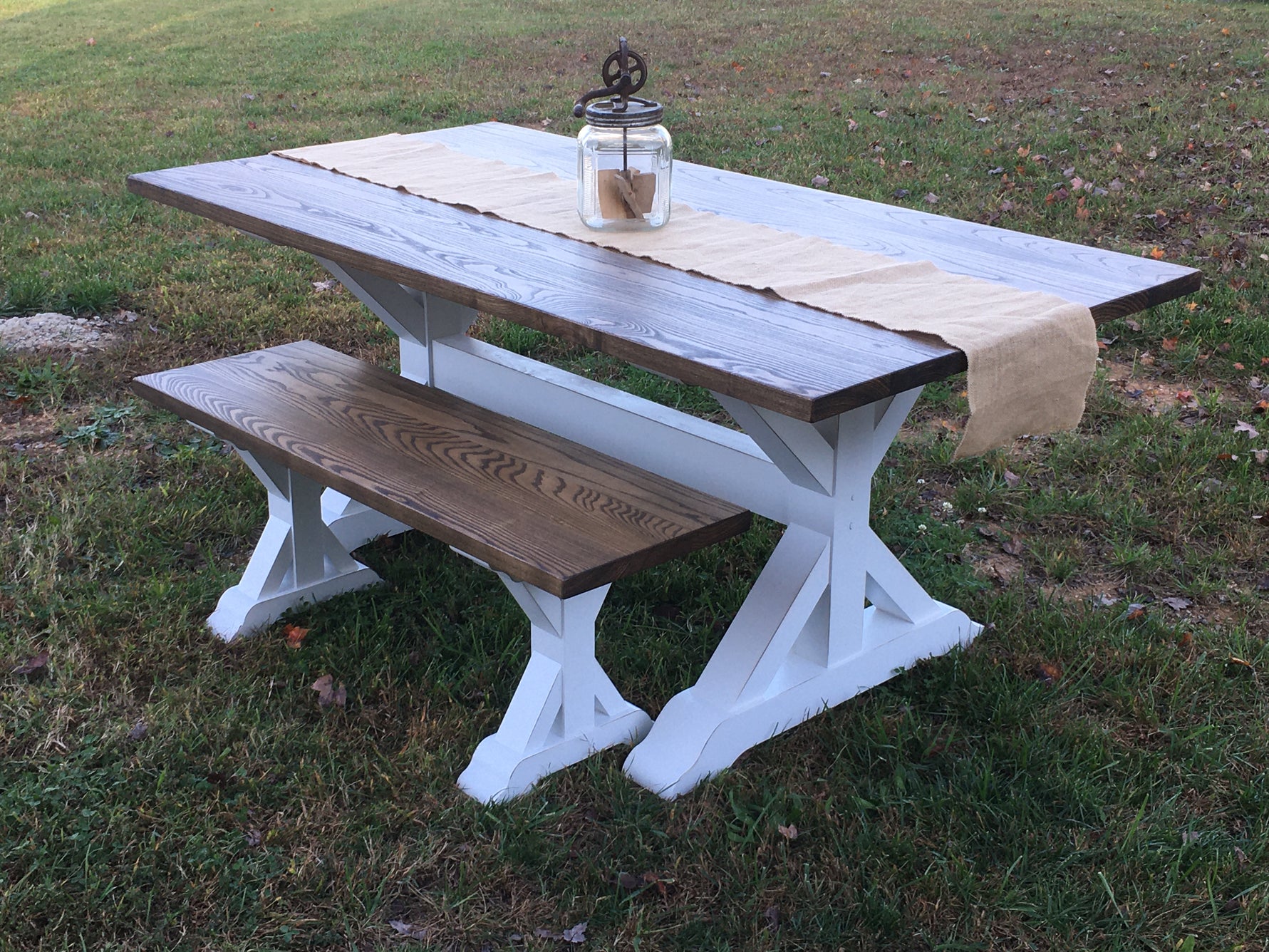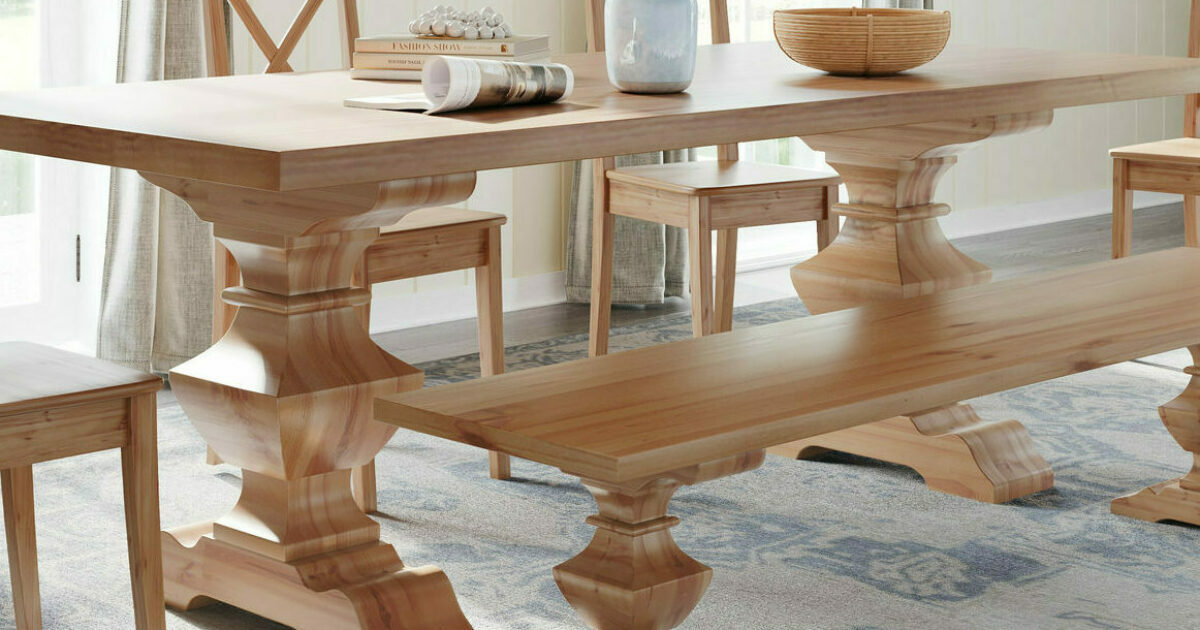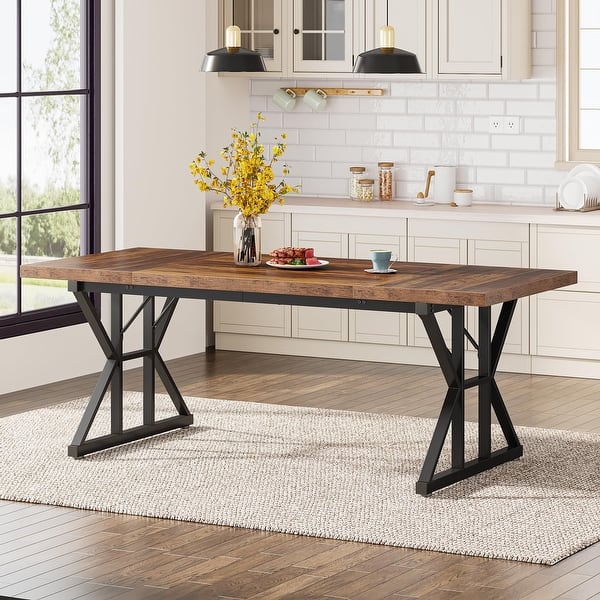Add Stamina and Beauty Making Use Of Solid Dining Table Legs Wood Pieces
Add Stamina and Beauty Making Use Of Solid Dining Table Legs Wood Pieces
Blog Article
Checking Out the Various Kinds of Dining Table Legs Timber for Your Dining Room
The option of table legs timber can greatly affect both the functional and visual high qualities of your eating area. Strong wood options, such as oak and walnut, give a traditional appearance with unparalleled longevity, while engineered timber alternatives supply innovative layouts that imitate the splendor of natural grains. Furthermore, the growing pattern of reclaimed wood presents a sustainable element that interest eco mindful customers. As we explore these various choices, it becomes important to consider not just the aesthetic appeal however additionally the useful effects of each material option. What elements should guide your decision?
Strong Wood Options

Unlike crafted products, strong timber is much less susceptible to bending and damages over time when appropriately kept. Each item of solid timber is special, showcasing specific features that include to the appeal and character of the dining table.
Additionally, solid timber can be ended up in countless means, varying from all-natural oils to discolored surfaces, allowing homeowners to personalize their furnishings to match their style. In recap, choosing solid timber for eating table legs not only ensures architectural honesty however additionally enhances the visual charm of the dining location, making it a rewarding investment for any home.
Engineered Timber Alternatives

Plywood, built from multiple layers of timber veneer, is especially strong and secure, making it an exceptional choice for eating table legs. Its layered composition enables it to endure adjustments in moisture and temperature much better than conventional solid wood. MDF, on the various other hand, supplies a smooth surface for paint or veneering, allowing developers to accomplish a sleek appearance while maintaining structural honesty.
When choosing crafted timber choices, it is important to think about the designated usage and wanted visual. These products not just boost the capability of eating spaces however likewise enable for higher style versatility, making sure that standard and modern designs can exist together sympathetically.
Reclaimed Wood Features
Reclaimed timber supplies an one-of-a-kind mix of look these up sustainability and personality, making it a progressively prominent option for dining table legs. Sourced from old barns, factories, and other frameworks, redeemed timber symbolizes a history that brand-new products just can not replicate. Each piece lugs its very own story, marked by distinct blemishes, knots, and differing grain patterns, which add to a table's special aesthetic appeal.
In addition to its visual charm, reclaimed timber is an eco-friendly option. By repurposing formerly utilized materials, it reduces the need for new lumber, thus aiding to save forests and decrease waste. This aligns with a growing consumer preference for sustainable methods in furniture.
Furthermore, redeemed wood is frequently more long lasting than recently collected wood as a result of its age. The natural drying out process that redeemed wood undertakes lead to a denser and stronger material, making it much less susceptible to bending and splitting. This enhances the durability of eating tables, enabling them to hold up against the rigors of day-to-day usage.
Softwood vs. Wood
When picking eating table legs, recognizing the distinctions in between softwood and hardwood is essential for accomplishing both useful and visual objectives. They typically exhibit an even more rustic look, making them appropriate for country-style or laid-back dining spaces.
On the other hand, hardwoods, sourced from deciduous trees like cherry, maple, and oak, are renowned for their density, strength, and sturdiness. The complex grain patterns and rich shades of hardwoods offer a sophisticated and timeless allure, making them suitable for official dining settings. While woods have a tendency to be a lot more expensive and heavier, their resilience versus damage usually warrants the investment.
Ultimately, the choice in between softwood and wood for dining table legs should straighten with your style vision, usage demands, and spending plan, making sure that your dining room mirrors your personal design while staying practical over time.

Coatings and Therapies
The visual appeal and longevity of dining table legs can be dramatically enhanced through various coatings and treatments. These processes not only protect the wood from damages yet likewise raise its appearance, allowing it to enhance varied indoor styles.
One common therapy is discoloring, which permeates the wood and enhances its natural grain while including shade. Spots offer a rich, elegant appearance, allowing property owners to match their furniture with existing style. Alternatively, clear surfaces such as polyurethane or varnish create a safety layer without changing the wood's initial shade, guaranteeing durability versus deterioration.
Additionally, all-natural oils, like tung or linseed oil, nurture the wood and use a subtle luster, all while being green. These oils enable the surface area to breathe, preventing dampness buildup and potential bending.
For those my link looking for a rustic appeal, weather-beaten or troubled finishes can be related to create an aged appearance, adding personality to the item. Eventually, the choice of therapies and finishes depends on individual choice, preferred aesthetic appeals, and the specific timber kind, making check here it essential to think about these variables when choosing table legs for your space.
Final Thought
Solid woods, crafted choices, and redeemed choices each offer distinct benefits, catering to numerous choices and requirements. Inevitably, the option of wood kind ought to align with wanted design, toughness, and ecological considerations, improving the total dining experience.
The option of dining table legs wood can greatly affect both the practical and aesthetic top qualities of your dining room - Dining Table Legs Wood. Solid wood alternatives, such as oak and walnut, provide a classic appearance with unrivaled durability, while engineered wood choices use ingenious styles that resemble the richness of all-natural grains. Solid wood provides a timeless top quality that can raise the total design of an eating room. Each piece of strong timber is special, showcasing specific characteristics that include to the beauty and character of the dining table
Furthermore, reclaimed timber is frequently extra sturdy than freshly gathered timber due to its age.
Report this page